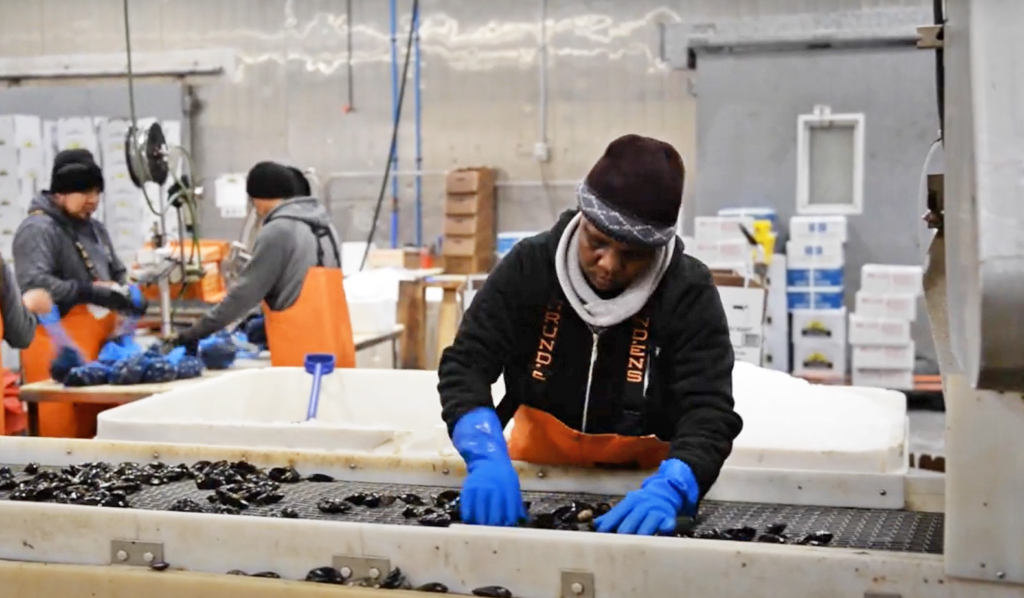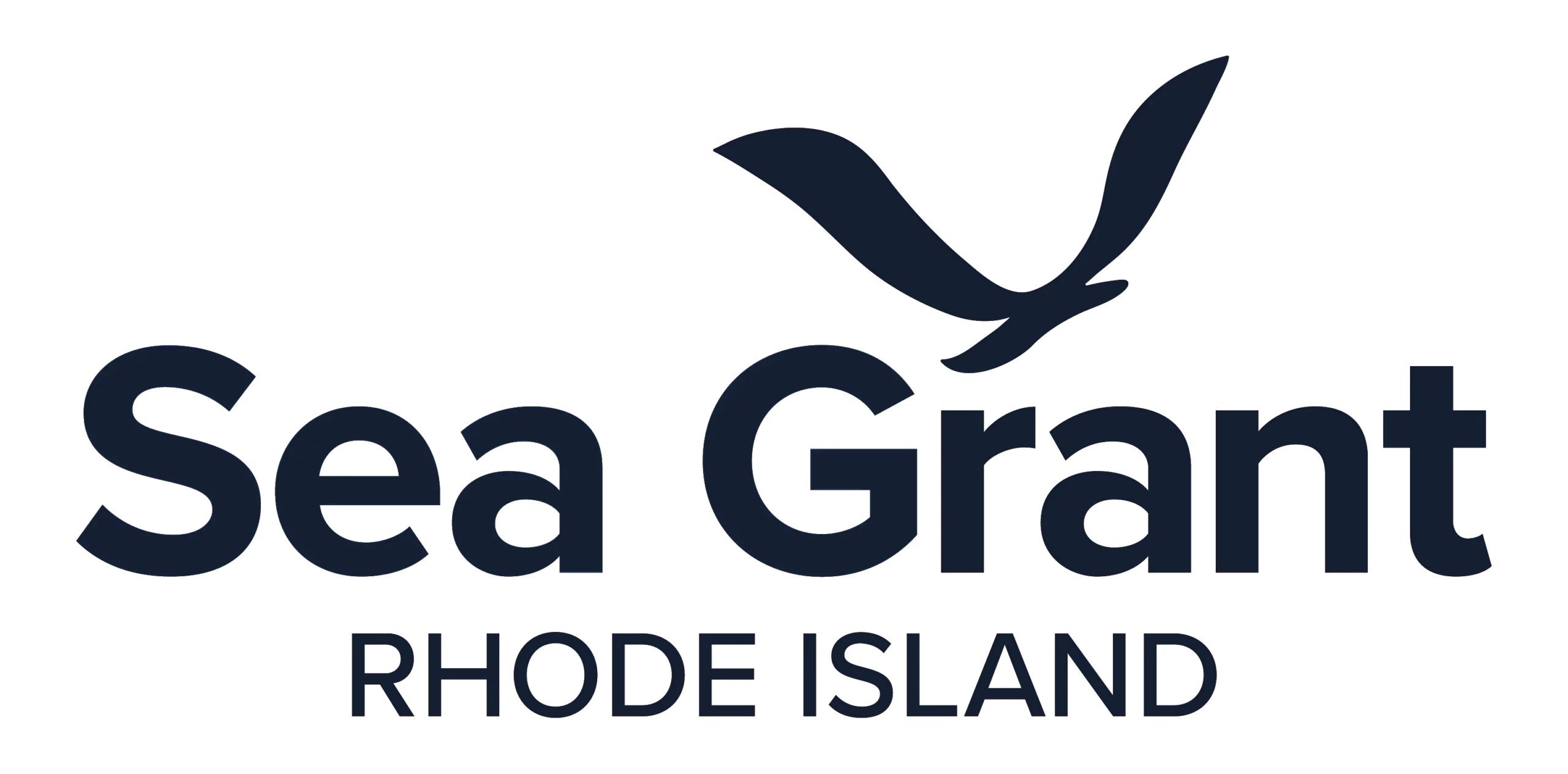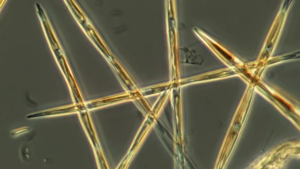Harmful algal blooms, which can make shellfish unsafe to harvest, have thankfully been rare in Narragansett Bay. Rhode Island Sea Grant is sponsoring research to better understand the conditions that contribute to these blooms.

A worker sorts locally grown mussels at American Mussel Harvesters. Rhode Island Sea Grant file photo
Scientists create models to help us understand and predict natural phenomena. Where is that hurricane headed and how big will it grow? Check the model.
Models vary in their accuracy, though, in part based on the choices of parameters that influence the relationships between the model variables. Researchers working on a model of plankton dynamics in Narragansett Bay are refining it to better understand and predict harmful algal blooms like the one that closed the bay to shellfish harvesting back in 2016.
The existing model, CoSiNE, includes outputs such as the zooplankton and phytoplankton present in the bay, and includes parameters like the rate at which the phytoplankton consume nutrients, excrete waste, are consumed themselves, fall to the bottom and become part of the benthos only to be taken up as nutrients for other flora and fauna. The model also includes inputs of nitrogen, phosphorus, and silicate, nutrients needed for phytoplankton growth, from a variety of sources. It is also linked to a hydrodynamic model that computes bay circulation and hydrography in response to the forcing action of rivers, tides, and meteorology.

The CoSiNE model has numerous parameters governing the biological processes that must be specified. The big challenge is to optimize the parameters using available observations for validation. Image courtesy of David Ullman.
What researchers have added as part of their Rhode Island Sea Grant-funded project is separating out Pseudo-nitzschia from the rest of the plankton. Pseudo-nitzschia is the genus of plankton that under certain—as yet not fully understood—conditions produces a toxin responsible for the harm in some harmful algal blooms.
They are comparing the outputs of their model to the observed abundances of these plankton species from the data provided by the Graduate School of Oceanography’s Long-Term Plankton Time Series survey, which samples the bay weekly to assess plankton characteristics.
Currently, the modeled abundance of Pseudo-nitzschia does not match the actual observed abundance from the data, and researchers are working to adjust the model to improve the results.
Once this work is completed, this will give researchers and water quality and fisheries managers the ability to better understand the conditions leading up to harmful algal blooms to ensure that seafood can continue to be safely harvested in Narragansett Bay.
To learn more about Rhode Island Sea Grant-funded research, please visit our Research Page or contact Kim Ohnemus, workforce development and research coordinator, at kohnemus@uri.edu.

